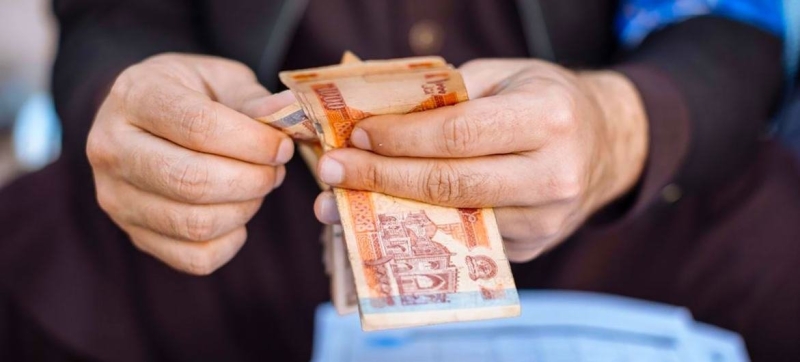
Remittances play an important role in the economies of low- and middle-income countries. By 2030, migrants will send home more than five trillion dollars Economic development
Today, the world’s inhabitants send five times more remittances than twenty years ago, the UN International Fund for Agricultural Development (IFAD) reports. June 16 is International Family Remittance Day.
IFAD estimates that by 2030, more than $5 trillion will be sent home by migrants to low- and middle-income countries, with much of this money going to rural areas, where 80 percent of the world’s poor live.
“We should take a moment to appreciate the enormous economic contribution of remittances. These are very large amounts, and they are growing rapidly. Five times as many will be sent this year as 20 years ago, and the total flow is projected to exceed $5 trillion by 2030, which is incredible. These are huge amounts, and they are a lifeline for hundreds of millions of people, half of whom live in rural areas,” said IFAD President Alvaro Lario.
The fund notes that more than 1.4 billion adults still lack access to banking and financial services and cannot transfer or receive remitted money. For many others, the cost of sending remittances is too high.
The majority of unbanked adults are women, and inequalities exist in every region of the world. population groups based on gender, income, age and education.
Over the past decade, the digitalization of sending remittances has led to significant increases in access for the world’s poorest rural people, but their costs are falling not fast enough.
Read also:
INTERVIEW | The global economy will grow faster than expected. The projected figure for Russia has been doubled
Although the average cost of remittances has decreased significantly since 2009 – from 9.7 percent to 6 .2 percent of the amount sent, but still well above the 3 percent target set by the Sustainable Development Goals.
In Kenya, where IFAD conducted International Day activities, remittances in 2023 reached a record $4.2 billion, up 4 percent from 2022. Remittances are an important source of foreign exchange inflows into the country and account for 3.9 percent of Kenya’s GDP. However, people in rural areas also complain about the high cost of sending money.
“I am glad that IFAD has initiated this conversation, especially about access in our rural areas. The average cost of remitting money to Kenya, we were told by the Central Bank of Kenya, is more than 6 percent higher than the SDG target of 3 percent. This is still a significantly high figure and I am glad that the Central Bank is working on this,” said Dr. Shi Mochodo, head of the Kenya Diaspora Alliance.
IFAD in Kenya is funding various projects , aimed at providing rural users with access to remittances, including digital ones, and empowering remittance recipients through financial literacy classes.
